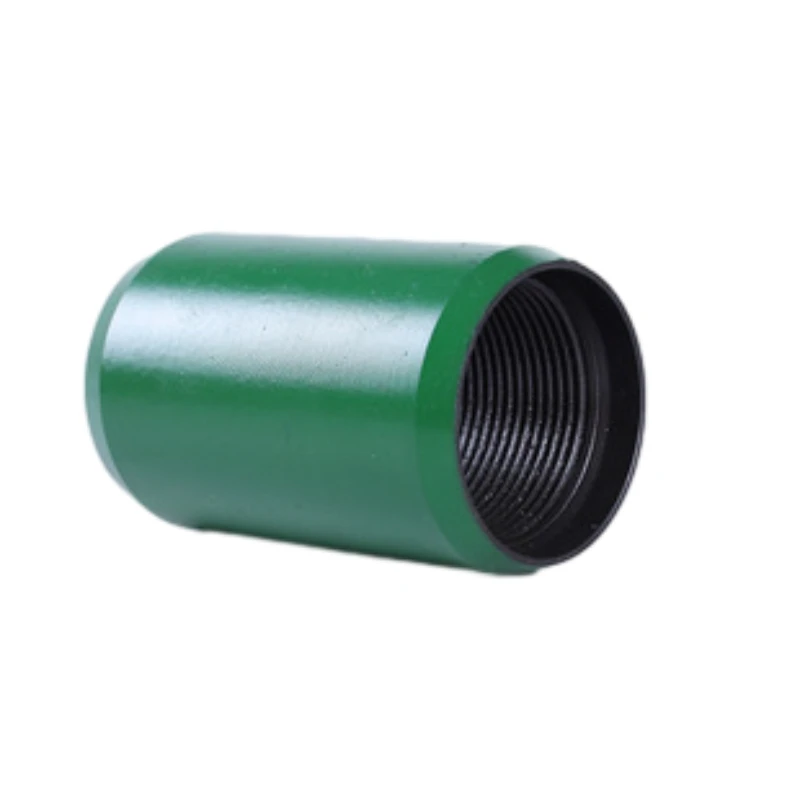- Afrikaans
- Albanian
- Amharic
- Arabic
- Armenian
- Azerbaijani
- Basque
- Belarusian
- Bengali
- Bosnian
- Bulgarian
- Catalan
- Cebuano
- Corsican
- Croatian
- Czech
- Danish
- Dutch
- English
- Esperanto
- Estonian
- Finnish
- French
- Frisian
- Galician
- Georgian
- German
- Greek
- Gujarati
- Haitian Creole
- hausa
- hawaiian
- Hebrew
- Hindi
- Miao
- Hungarian
- Icelandic
- igbo
- Indonesian
- irish
- Italian
- Japanese
- Javanese
- Kannada
- kazakh
- Khmer
- Rwandese
- Korean
- Kurdish
- Kyrgyz
- Lao
- Latin
- Latvian
- Lithuanian
- Luxembourgish
- Macedonian
- Malgashi
- Malay
- Malayalam
- Maltese
- Maori
- Marathi
- Mongolian
- Myanmar
- Nepali
- Norwegian
- Norwegian
- Occitan
- Pashto
- Persian
- Polish
- Portuguese
- Punjabi
- Romanian
- Russian
- Samoan
- Scottish Gaelic
- Serbian
- Sesotho
- Shona
- Sindhi
- Sinhala
- Slovak
- Slovenian
- Somali
- Spanish
- Sundanese
- Swahili
- Swedish
- Tagalog
- Tajik
- Tamil
- Tatar
- Telugu
- Thai
- Turkish
- Turkmen
- Ukrainian
- Urdu
- Uighur
- Uzbek
- Vietnamese
- Welsh
- Bantu
- Yiddish
- Yoruba
- Zulu
មករា . 31, 2025 01:58
Back to list
what are the differences between casing and tubing?
The oil and gas industry is an intricate field where precision and accuracy significantly impact the outcomes. Among the critical components in this industry are casing and tubing—vital in the drilling, completion, and production stages of a well. Although they appear similar, casing and tubing serve fundamentally different purposes and entail unique characteristics that industry professionals must clearly understand.
Tubing, conversely, has a more dynamic function. Here, the emphasis is placed on flexibility and allowing efficient flow dynamics, as fluids often have to be moved long distances vertically. The design of tubing is optimized for replacing and adjusting to production rates, which demands a refined material selection to ensure the long-term economic feasibility of well operations. The joint integrity and connection structure are critical in tubing, providing a secure seal without hampering fluid movement. Professional understanding and application of these differences are essential for efficient and safe oil extraction processes. The implications of selecting incorrect materials or misapplying casing versus tubing can lead to disastrous results. For example, improperly installed casing can lead to well collapse or uncontrolled release of hydrocarbons. Similarly, ill-sized tubing can cause significant flow restrictions or erosion, thus impacting productivity and safety. Moreover, technological advancements continue to enhance the utility and efficiency of both casing and tubing. Innovations like enhanced alloys, corrosion-resistant coatings, and novel installation techniques further blur the traditional limitations and differences. However, these advancements demand continuous learning and adaptation from industry professionals to ensure the effectiveness of their applications is maximized. In summary, casing and tubing are not merely interchangeable terms but represent specialized equipment with distinct roles in the oil and gas industry. Their differences are defined by functions—casing providing structural support and zonal isolation, while tubing focuses on efficient transportation of production fluids. Factoring these disparities into engineering and operational decisions is a fundamental component of well management, guaranteeing both technical success and economic sustainability in hydrocarbon recovery. Understanding these nuances and leveraging the latest advancements allows industry professionals to maintain their authoritative and trustworthy positions, securing optimal results in an ever-evolving field.


Tubing, conversely, has a more dynamic function. Here, the emphasis is placed on flexibility and allowing efficient flow dynamics, as fluids often have to be moved long distances vertically. The design of tubing is optimized for replacing and adjusting to production rates, which demands a refined material selection to ensure the long-term economic feasibility of well operations. The joint integrity and connection structure are critical in tubing, providing a secure seal without hampering fluid movement. Professional understanding and application of these differences are essential for efficient and safe oil extraction processes. The implications of selecting incorrect materials or misapplying casing versus tubing can lead to disastrous results. For example, improperly installed casing can lead to well collapse or uncontrolled release of hydrocarbons. Similarly, ill-sized tubing can cause significant flow restrictions or erosion, thus impacting productivity and safety. Moreover, technological advancements continue to enhance the utility and efficiency of both casing and tubing. Innovations like enhanced alloys, corrosion-resistant coatings, and novel installation techniques further blur the traditional limitations and differences. However, these advancements demand continuous learning and adaptation from industry professionals to ensure the effectiveness of their applications is maximized. In summary, casing and tubing are not merely interchangeable terms but represent specialized equipment with distinct roles in the oil and gas industry. Their differences are defined by functions—casing providing structural support and zonal isolation, while tubing focuses on efficient transportation of production fluids. Factoring these disparities into engineering and operational decisions is a fundamental component of well management, guaranteeing both technical success and economic sustainability in hydrocarbon recovery. Understanding these nuances and leveraging the latest advancements allows industry professionals to maintain their authoritative and trustworthy positions, securing optimal results in an ever-evolving field.
Latest news
-
Tubing Pup Joints: Essential Components for Oil and Gas OperationsNewsJul.10,2025
-
Pup Joints: Essential Components for Reliable Drilling OperationsNewsJul.10,2025
-
Pipe Couplings: Connecting Your World EfficientlyNewsJul.10,2025
-
Mastering Oilfield Operations with Quality Tubing and CasingNewsJul.10,2025
-
High-Quality Casing Couplings for Every NeedNewsJul.10,2025
-
Boost Your Drilling Efficiency with Premium Crossover Tools & Seating NipplesNewsJul.10,2025
Related Products







